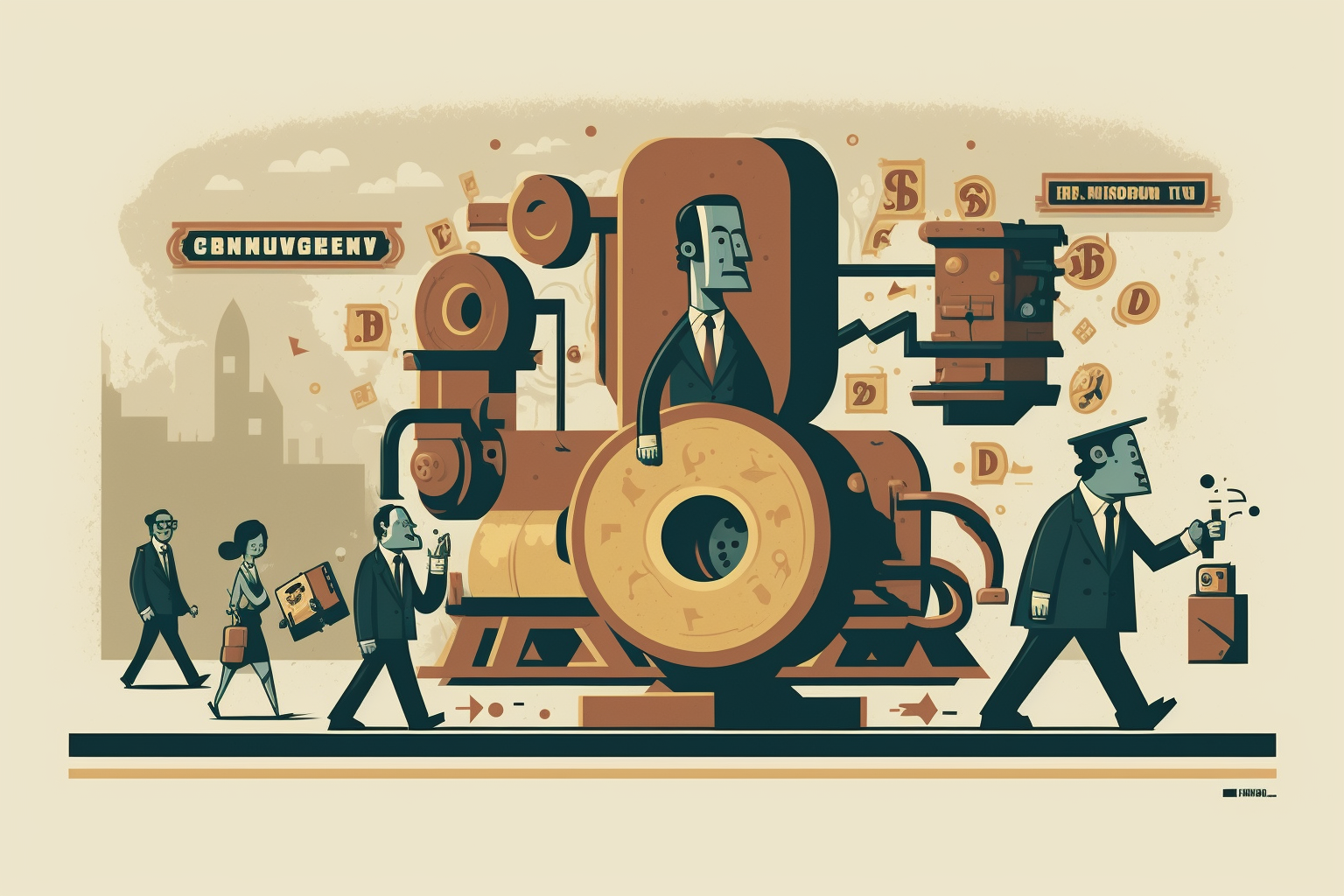In the world of business, a business model is the framework through which a company creates, delivers, and captures value. Business models can vary widely based on the industry, the target market, and the company’s goals. In this article, we will discuss some of the most common types of business models.
Direct Sales Model
The direct sales model is one of the oldest and most straightforward business models. In this model, a company creates a product and sells it directly to customers. The company may use a physical storefront, a website, or a combination of both to sell its products. This model is commonly used in retail and e-commerce businesses.
Subscription Model
As we move further into the digital age, the subscription model is climbing the ranks in popularity. This model operates in a way that has customers pay a recurring fee, allowing them continual access to a product or service. You’ll see this model in action with big names like Netflix, Spotify, and Amazon Prime. Indeed, software and media industries commonly employ this model. It provides steady income and builds customer loyalty over time. By securing ongoing payments, companies can better predict their revenue, and customers enjoy uninterrupted service. All in all, the subscription model is a win-win approach for businesses and consumers alike in the fast-paced digital world.
Freemium Model
The freemium model is a combination of the free and subscription models. In this model, a company offers a free version of its product or service to attract users. The company then offers a premium version of the product with additional features or functionality for a fee. This model is often used in software and app development.
Marketplace Model
The marketplace model is a platform that connects buyers and sellers. In this model, a company provides a platform for sellers to offer their products or services, and buyers can browse and purchase them. Examples of companies that use this model include eBay, Etsy, and Airbnb.
Advertising Model
Many websites and mobile apps favor the advertising model. Under this model, a company presents a product or service to users free of charge. The main source of income for the company then becomes the advertisements they display. The use of this model is widespread. You can see it in action on various platforms. Social media sites, search engines, and numerous mobile apps utilize this approach. This way, they can offer their core services for free, making their platforms more attractive to a wider audience. The revenue they generate from the ads displayed helps them maintain and grow their operations, ensuring users continue to enjoy their services at no cost. This win-win situation is what makes the advertising model such a popular choice in the digital world.
Franchise Model
The franchise model is a model in which a company licenses its brand and business model to other entrepreneurs. In this model, the franchisee pays a fee to the franchisor for the right to use the brand and business model. The franchisee is responsible for the day-to-day operations of the business, while the franchisor provides support, training, and marketing. This model is commonly used in the food and beverage industry.

Early Beginnings: The franchise model traces its roots back to the Middle Ages, when landowners granted rights (franchises) to others to hold markets or fairs and maintain order.
Direct-to-Consumer (D2C) Model
The direct-to-consumer model is becoming increasingly popular in today’s digital age. In this model, a company sells its products or services directly to consumers without the need for intermediaries like retailers or distributors. This model is often used in e-commerce and digital content industries.
Razor and Blade Model
The razor and blade model stands as a strategic approach for many businesses. Within this model, a company offers a product at an attractive, low price to lure in customers. The real profits, however, come from selling products that complement the initial purchase. You can observe this model frequently in the consumer electronics industry. Here, companies put devices on the market at appealing prices. The real earnings kick in with the sale of accessories, software, and services, which usually carry higher margins. By enticing customers with a low upfront cost, they increase the likelihood of subsequent, more profitable sales. The razor and blade model is thus a clever business strategy that turns a one-time purchase into a continuous revenue stream.

Platform as a Service (PaaS) Model
The platform as a service model is a model in which a company provides a platform for developers to build and deploy applications. In this model, the company provides the infrastructure, tools, and services necessary for developers to build and run their applications. This model is often used in the software industry.
Affiliate Model
The affiliate model is a model in which a company pays affiliates a commission for referring customers to its products or services. In this model, affiliates promote the company’s products or services on their websites or social media channels and receive a commission for each sale made through their unique referral link. This model is commonly used in e-commerce and digital content industries.

1 thought on “Exploring the Top 10 Business Models”